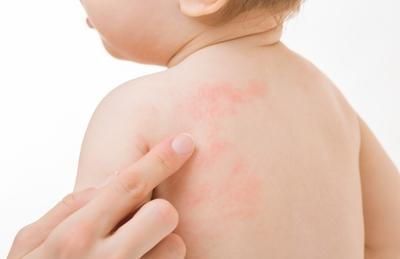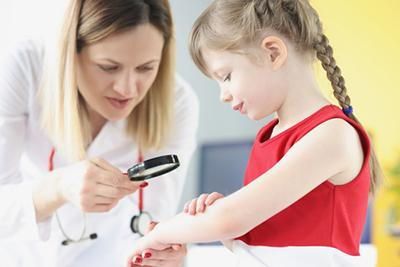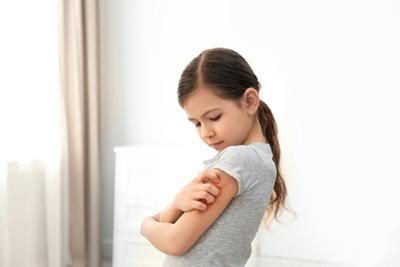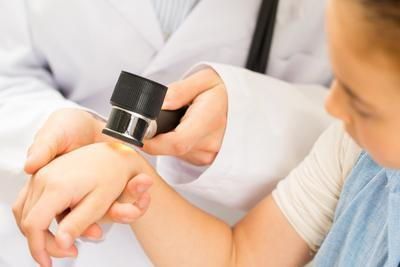Children are prone to rashes; while most are harmless, some require medical attention. Recognizing the symptoms and knowing when to seek treatment can help parents ensure their child’s skin remains healthy and comfortable.

Common Childhood Rashes
Diaper Rash
Diaper rash is produced by prolonged wetness, stool or urinary irritation, or sensitivity to diaper substances. Red, inflamed skin on the diapered skin is observed. The rash is uncomfortable. It is treated by maintaining skin dryness, using cream barriers, and frequent diaper changes.
Eczema (Atopic Dermatitis)
Eczema is a disease of the skin that dries, inflames, and makes skin scratchy. Eczema is likely to develop in patchy knees, elbows, or face regions. Keeping skin damp, avoiding triggers, and following treatment regimens may alleviate flare-ups.
Heat Rash
Heat rash is caused by sweat clogging under the skin and creating small, red, or clear bumps. It is prone to develop in humid, warm spots. Prevention and consolation of heat rash are made by keeping the child cool, dressing them in light-colored clothing, and maintaining good ventilation.
Hives
Hives are red, swollen bumps on any area of the body caused by allergies, infections, or other causatives. They heal on their own but may require antihistamines if they become chronic.
Hand, Foot, and Mouth Disease (HFMD)
HFMD is a viral infection causing small blisters on the hands, feet, and inside the mouth. It’s often accompanied by fever and sore throat. While there is no specific treatment, keeping the child hydrated and managing symptoms with pain relievers can help.
When to See a Pediatrician
Most rashes are mild and resolve with home care, but some require medical evaluation. Seek medical attention if the rash:
- Is accompanied by fever, difficulty breathing, or swelling
- Spreads rapidly or worsens despite treatment
- Appears infected with pus, crusting, or increased redness
- Does not improve after a few days of home care
Keeping Your Child’s Skin Healthy
To minimize the risk of rashes, keep your child’s skin clean, moisturized, and protected from harsh irritants. Using gentle, fragrance-free skin care products and dressing your child in breathable fabrics can also help prevent common skin issues.
If your child develops a rash that doesn’t improve or causes discomfort, consult a pediatrician for proper diagnosis and treatment. Early intervention ensures faster relief and prevents complications.











